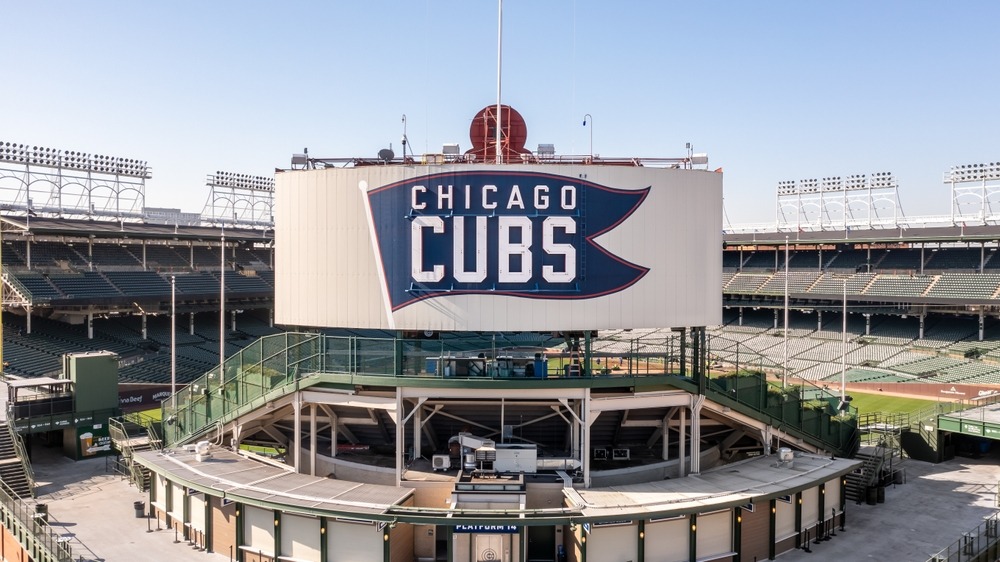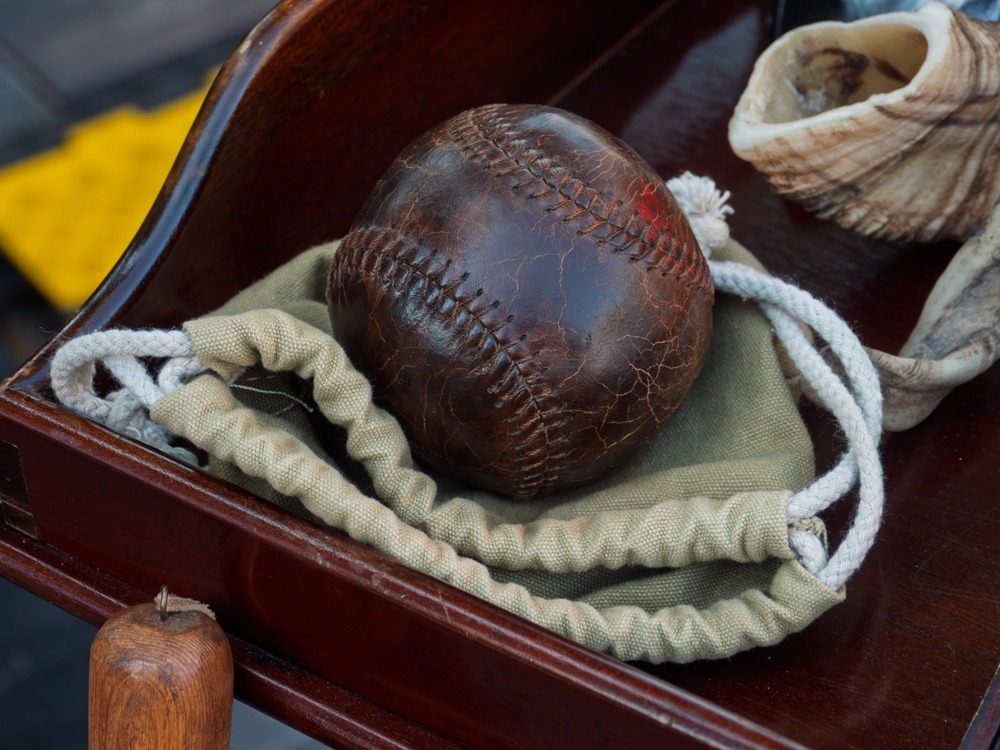The National League Anniversary: Celebrating America’s Baseball Legacy
As Major League Baseball (trademarked as MLB and presented here under fair use purposes) prepares to mark another milestone anniversary of the National League, fans and historians alike look back on the moment that forever changed the landscape of American sports. Founded in 1876, the National League of Professional Baseball Clubs—known today simply as the National League (NL)—was the first enduring professional baseball league, setting the standards, structure, and traditions that define the sport to this day. Its creation not only organized the chaos of 19th-century baseball but also established the foundation upon which America’s pastime would grow to captivate the world.
The Birth of the National League
Before the National League, baseball in America was fragmented. The National Association of Professional Base Ball Players (1871–1875) had attempted to professionalize the sport, but it suffered from poor organization and gambling scandals. In response, Chicago White Stockings owner William Hulbert spearheaded the formation of a new, disciplined league emphasizing integrity, regular schedules, and financial stability. On February 2, 1876, representatives from eight teams gathered at the Grand Central Hotel in New York City to establish the National League of Professional Baseball Clubs.

The Original Eight Teams
The inaugural National League season featured eight pioneering teams whose names evoke the rough-and-tumble beginnings of professional baseball:
Chicago White Stockings (now Chicago Cubs): A founding powerhouse, Chicago quickly became the league’s most dominant team of the late 19th century, capturing multiple pennants under player-manager Cap Anson. Incidentally, the name Chicago White Stockings was revived in 1904 to later be shortened to the Chicago White Sox. With such an intense cross-town rivalry, it’s ironic that they shared the same branding for periods of their history.
Boston Red Stockings (now Atlanta Braves): The only franchise from the original eight still in continuous operation, the Braves’ lineage includes multiple relocations and a long history of success, from Boston to Milwaukee to Atlanta.
Hartford Dark Blues: Led by pitcher Candy Cummings—often credited with inventing the curveball—Hartford played just one season in the league before relocating to Brooklyn.
St. Louis Brown Stockings: Though the original Brown Stockings folded after two years, St. Louis later became one of baseball’s most storied cities, eventually home to the Cardinals.
Cincinnati Red Stockings (not the same as today’s Reds): This club was expelled from the league for allowing Sunday games and beer sales, practices later embraced by modern baseball culture.
Louisville Grays: A promising team brought down by one of baseball’s earliest gambling scandals, which underscored the league’s determination to uphold integrity.
New York Mutuals: A holdover from the old National Association, this team represented the sport’s early connection to America’s largest city. They lasted only a single year in the league, but recorded the first major leagure triple play during their short tenure.
Philadelphia Athletics (not related to today’s Oakland Athletics): The team was expelled after refusing to complete a Western road trip, highlighting the financial difficulties of the early professional era.

The National League’s Impact on America
The National League revolutionized not just baseball, but American sports as a whole. It introduced standardized rules, established permanent franchises, and legitimized the idea of professional athletic competition. Baseball became a unifying force in post-Civil War America—a pastime that bridged regional divides and class differences. Working-class fans, businessmen, and even politicians gathered in stadiums, making baseball both a reflection and a driver of American democracy and urban identity.
As railroads expanded, teams traveled farther, bringing baseball to small towns and big cities alike. The sport mirrored America’s industrial growth, symbolizing teamwork, perseverance, and innovation. By the early 20th century, the National League’s partnership with the newly formed American League (in 1901) birthed the modern Major League Baseball system, complete with a World Series that became a cherished national tradition. In 1999, the combination of both the National League and American League completed the Major League Baseball organization.
Baseball’s Global Influence
What began as an American experiment soon grew into an international phenomenon. The National League’s structure and professionalism inspired leagues around the world—in Cuba, Japan, the Dominican Republic, and beyond. Today, baseball is played in over 120 countries, with the World Baseball Classic showcasing the game’s global reach. From Tokyo Dome to Santo Domingo, the legacy of the National League can be felt in every swing, pitch, and cheer for the home team.
The Future of Baseball
As the National League celebrates its historic anniversary, baseball stands at a crossroads of tradition and innovation. Advanced analytics, pitch clocks, and automated strike zones are reshaping the game for a new generation, while international expansion and youth outreach aim to sustain its global appeal. The rise of streaming, fantasy leagues, and AI-driven player development also shows how baseball continues to evolve with the times.
Yet, the heart of the game remains the same—a shared rhythm of innings, rivalries, and memories passed from generation to generation. Whether in the ivy-covered confines of Wrigley Field or on a sandlot diamond halfway across the world, the National League’s enduring legacy reminds us why baseball still holds the power to bring people together. More than a league, it is a living chronicle of history, community, and the timeless spirit of play.
Anniversary of the National League
The anniversary of the National League is more than a birthday for a sports organization—it is a celebration of the enduring story of America’s pastime. From its eight original teams to the billions who now watch baseball worldwide, the league’s influence has transcended generations and borders. As we honor its past and look toward its future, one truth remains clear: the National League didn’t just change baseball—it helped define what it means to be part of a team, a city, and a shared national dream.

































